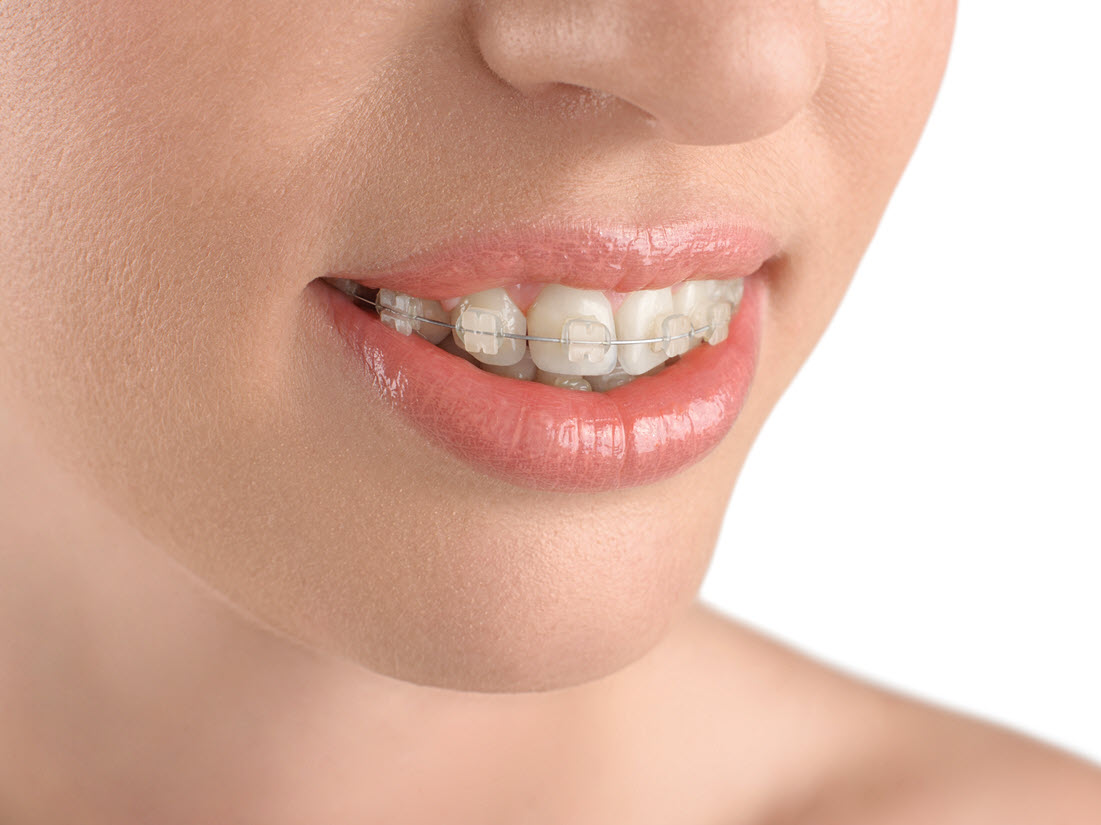If you or your child need braces, you may be wondering if clear braces are as effective as traditional metal braces. While clear braces have become increasingly popular in recent years, many people still have questions about their effectiveness and whether they are worth the investment.
In this article, we will explore the differences between clear braces and regular braces, and determine if clear braces work as well as traditional braces.
What Are Clear Braces?
Clear braces, also known as ceramic braces, are similar to traditional metal braces in that they use brackets and wires to straighten teeth. However, instead of metal brackets, clear braces use tooth-colored or clear ceramic brackets that blend in with the teeth.
How Do Clear Braces Work?
Clear braces work in the same way as traditional braces. The brackets are attached to the teeth and connected by a wire that is tightened over time to gradually shift the teeth into the desired position.
The main difference between clear braces and traditional braces is the material used for the brackets. Clear braces use ceramic or plastic brackets, while traditional braces use metal brackets.
What Are Regular Braces?
Regular braces, also known as conventional braces, are the most common type of braces used to straighten teeth. They consist of metal brackets that are attached to the teeth and connected by a wire that is tightened over time.
How Do Regular Braces Work?
Regular braces work by applying constant pressure to the teeth, gradually shifting them into the desired position. The brackets are attached to the teeth using a special adhesive, and the wire is tightened at regular intervals to maintain the pressure needed for the teeth to move.
Clear Braces vs Regular Braces: What’s the Difference?
The main difference between clear braces and regular braces is the material used for the brackets. Clear braces use ceramic or plastic brackets, while regular braces use metal brackets.
Appearance
The most obvious difference between clear braces and regular braces is their appearance. Clear braces are less noticeable than regular braces because the brackets blend in with the teeth. This makes them a popular choice for adults and teenagers who are self-conscious about their appearance.
On the other hand, regular braces are more noticeable due to the metal brackets and wires. However, some people choose to embrace their braces and even customize them with different colored bands.
Cost
Clear braces tend to be more expensive than regular braces. This is because the materials used for clear braces are more expensive than metal brackets. Additionally, clear braces may require more frequent adjustments, which can also add to the cost.
Durability
Regular braces are known for their durability and can withstand a lot of wear and tear. Metal brackets are strong and can withstand the pressure needed to shift teeth into the desired position.
Clear braces, on the other hand, are more prone to chipping or breaking. This is because the ceramic or plastic material used for the brackets is not as strong as metal. However, with proper care, clear braces can still be effective in straightening teeth.
Do Clear Braces Work as Well as Regular Braces?
The short answer is yes, clear braces work just as well as regular braces. Both types of braces use the same basic principles to straighten teeth, and both can achieve the same results.
However, there are a few factors to consider when determining which type of braces will work best for you.
Severity of Misalignment
Clear braces may not be suitable for more severe cases of misalignment. This is because the ceramic or plastic brackets may not be strong enough to withstand the pressure needed to shift severely misaligned teeth.
Regular braces, on the other hand, are better equipped to handle more severe cases of misalignment. The metal brackets are stronger and can withstand the necessary pressure to shift teeth into the desired position.
Compliance
One of the most important factors in the success of any orthodontic treatment is compliance. This means following the instructions of your orthodontist and properly caring for your braces.
Clear braces may require more frequent adjustments and may be more prone to breaking, which can affect the overall success of the treatment. Regular braces, on the other hand, are more durable and may require fewer adjustments, making them easier to maintain.
Personal Preference
Ultimately, the decision between clear braces and regular braces may come down to personal preference. Some people may prefer the more discreet appearance of clear braces, while others may not mind the look of traditional metal braces.
It’s important to discuss your options with your orthodontist and consider your personal preferences when deciding which type of braces will work best for you.
Consult Your Orthodontist
In conclusion, clear braces are just as effective as regular braces in straightening teeth. Both types of braces use the same basic principles and can achieve the same results.
However, there are a few factors to consider when deciding between clear braces and regular braces, such as the severity of misalignment, compliance, and personal preference.
Ultimately, the best type of braces for you will depend on your individual needs and preferences. Consult with your orthodontist to determine which type of braces will work best for you and help you achieve the straight, healthy smile you desire.

